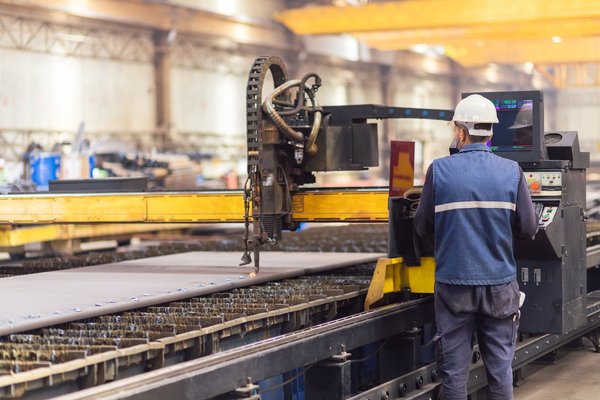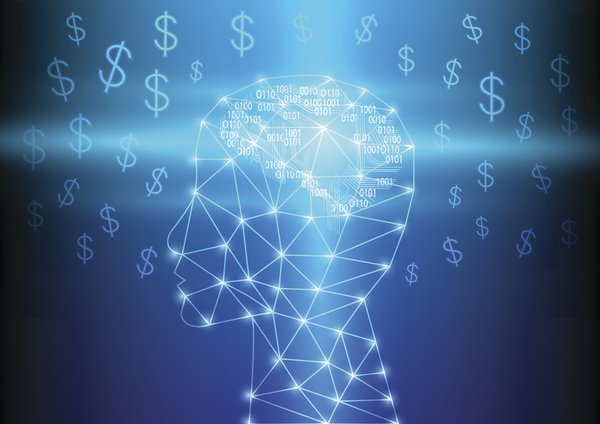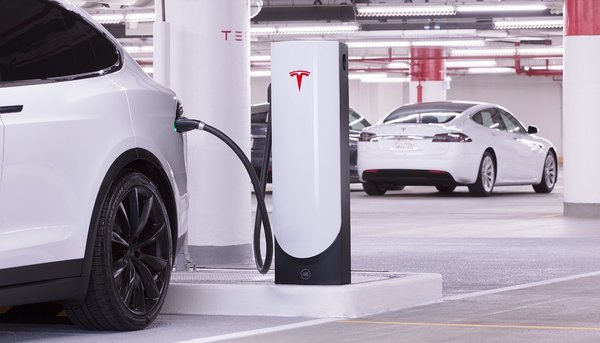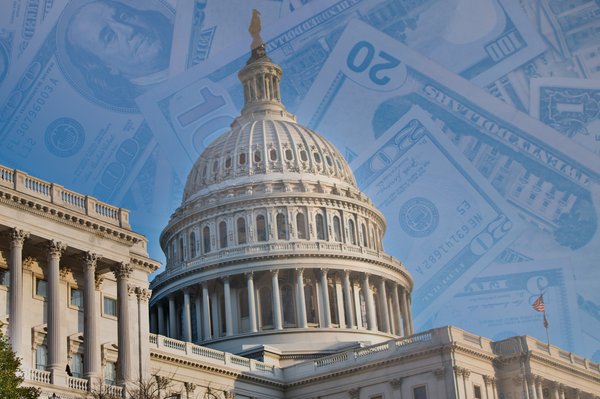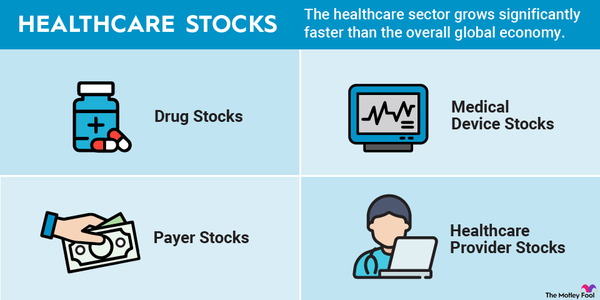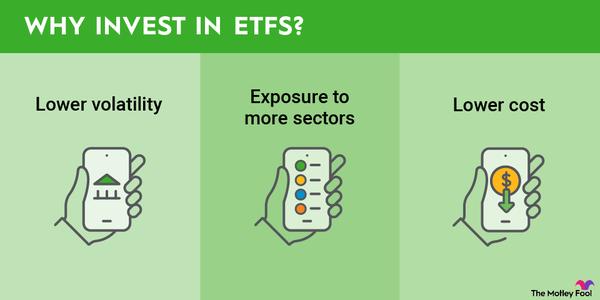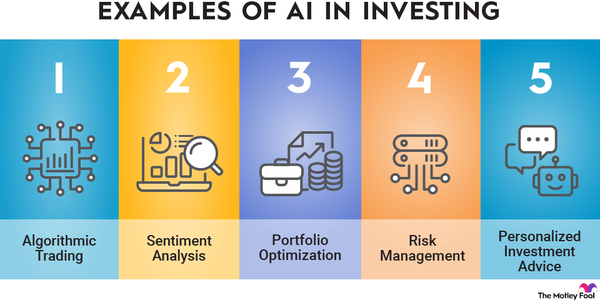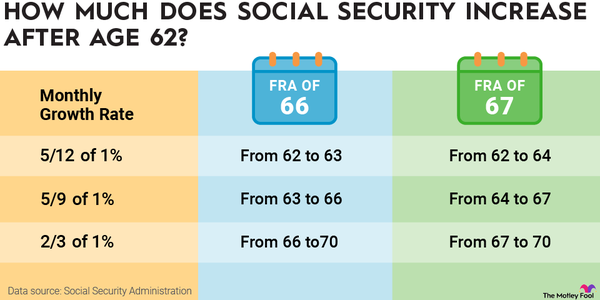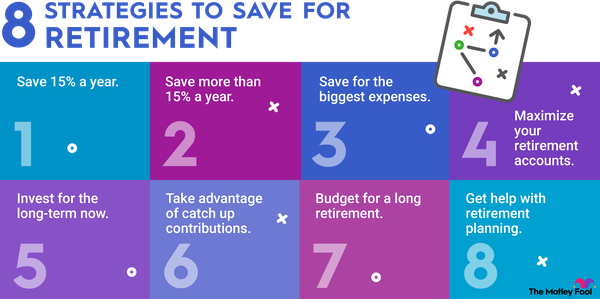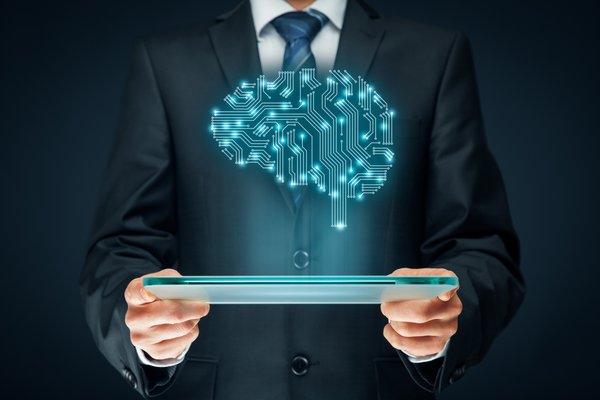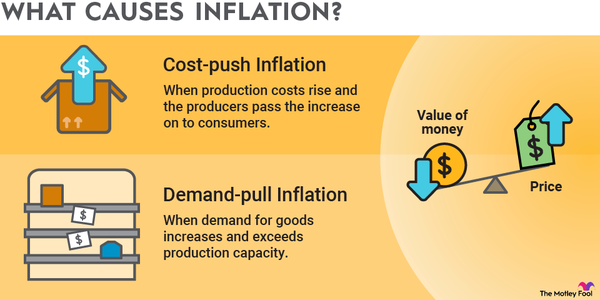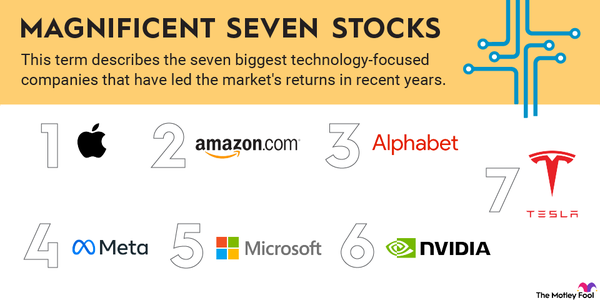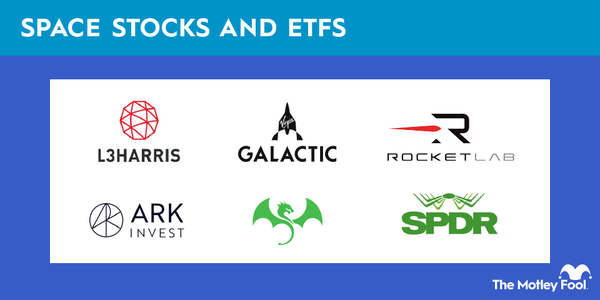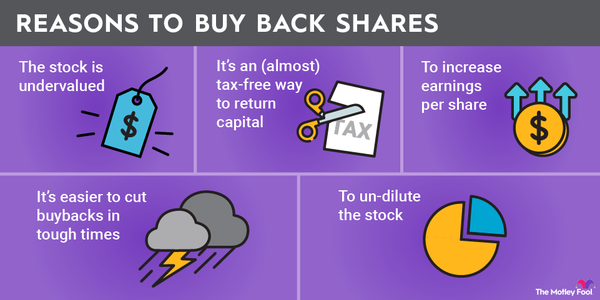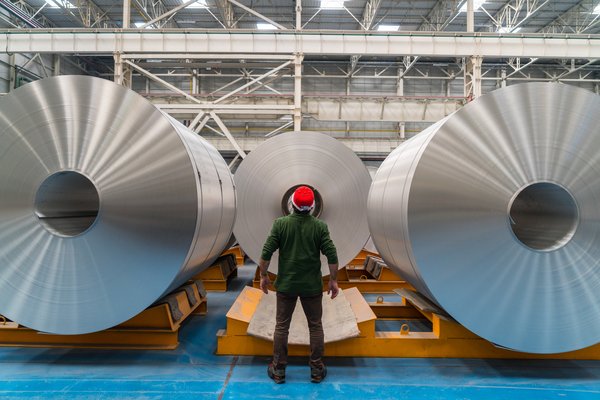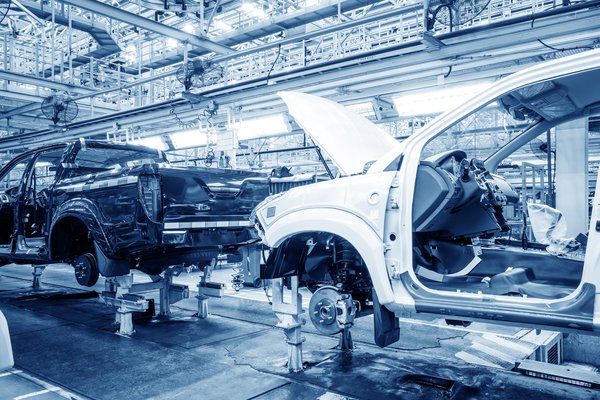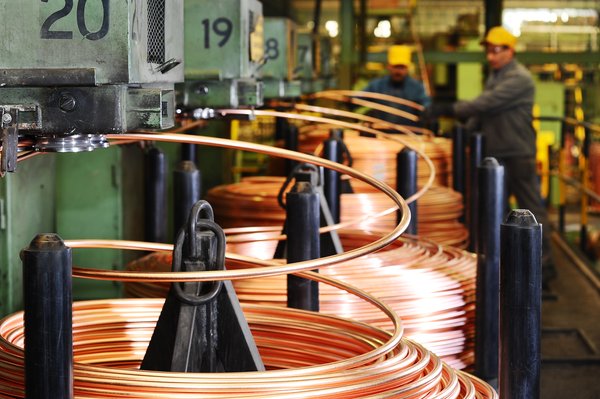Artificial intelligence (AI) has grown rapidly in popularity, and businesses are starting to get in on the action. Companies are turning to AI in an attempt to increase productivity and decrease costs.
By tracking AI adoption rates, we can see which types of businesses and which parts of the country are incorporating AI the most. Even if it seems like businesses everywhere are integrating AI technology into their operations, that perception doesn't quite match reality.
So how many companies use AI, and where is it most common? The U.S. Census Bureau has been tracking this information as part of its biweekly Business Trends and Outlook Survey, which includes responses from 1.2 million businesses split into six rotating panels.
Explore the latest AI statistics below, including current and projected usage rates nationwide, as well as at the state, city, sector, and business-size levels.
National AI Usage Rates
National AI Usage Rates
- Current AI usage rate: 6.8%
- Projected AI usage rate, next 6 months: 9.3%
Although AI hasn't reached widespread adoption yet, usage is steadily growing. Usage and projected usage have increased by 3.0% and 3.1%, respectively, since the U.S. Census Bureau started tracking this data in the fall of 2023.
Those numbers might appear low given how AI is often discussed as a game changer for businesses. That could be for a few reasons.
First, the Census survey asks specifically if AI has been used to produce goods or services, which respondents could interpret as excluding back-of-office functions that utilize AI, like marketing or project management.
Second, some businesses might be using AI tools without realizing they are powered by AI. Or their employees may be using AI even if the tools aren’t recognized as part of an official business strategy.
Third, AI use cases are still relatively narrow, and use on a large scale can be complex and expensive.
AI Usage Rates by State
AI Usage Rates by State
Delaware has the most AI adoption so far, with a usage rate of 11.6%. It's followed by Utah, North Carolina, Florida, and California.
In terms of projected AI usage, Vermont is far ahead of any other state at 31.6%. If that turns out to be accurate, nearly a third of Vermont businesses will be using AI within the next six months. Nevada, Delaware, Utah, and Florida round out the top five states for projected usage.
AI hasn't caught on yet in Hawaii. Only 1.5% of businesses in Hawaii use AI, the lowest rate in the country. Its projected usage rate over the next six months is also the lowest at 1.6%.
After Hawaii, the next four states with the lowest AI usage are Kentucky, Oklahoma, Louisiana, and Arkansas. The next four by lowest projected usage are Alaska, Mississippi, Idaho, and West Virginia.
Not all states had AI usage rates available as of the most recent Business Trends and Outlook survey. It's possible that some states had higher or lower totals that went unreported.
AI Usage Rates by City
AI Usage Rates by City
The greater San Diego area is currently the nationwide leader in current and projected AI usage. Other metropolitan areas with high AI adoption include Tampa-St. Petersburg-Clearwater, San Francisco-Oakland-Berkeley, Minneapolis-St. Paul-Bloomington, and Washington D.C.-Arlington-Alexandria. They all rank in the top five for current and projected AI usage.
Among the top 25 metropolitan areas, Riverside-San Bernardino-Ontario has the lowest current and projected AI usage. The only other area in the bottom five of both lists (current and projected AI usage) is New York-Newark-Jersey City.
AI Usage Rates by Sector
AI Usage Rates by Sector
Information companies are leading the way in AI adoption, with a 21.3% usage rate and a 28.1% projected usage rate. Professional services and educational services companies also have high AI usage and projected usage.
AI naturally fits into the information sector, which includes tech, media, and data companies. Many businesses in the space are digital first, which makes AI integration easier. Similarly, professional services are data- and communications-heavy industries with plenty of applications for AI tools.
In the most recent Business Trends and Outlook survey, accommodation and food services had the lowest AI usage, followed by transportation and then warehousing and construction.
However, there wasn't any data on current AI usage available for agriculture, and in previous surveys, it has had the lowest usage rate. In the Jan. 26, 2025, survey, just 1.3% of agriculture companies reported using AI. And in the most recent survey, agriculture had the lowest projected AI usage at 1.8%.
That collection of sectors is labor intensive, which leaves less room for AI integration.
AI Usage Rates by Business Size
AI Usage Rates by Business Size
Large companies are the most likely to use AI. The usage rate is 12.4% for businesses with at least 250 employees, more than 5.0% higher than at businesses of any other size. Businesses with 250 or more employees and 100 to 249 employees also have the highest projected AI usage rates.
However, this doesn't mean that AI usage increases evenly with company size. Small businesses with one to four employees had the second-highest AI usage rate at 7.3%.
What Workers are Using AI?
What Types of Workers Are Using AI?
AI usage is most common in the computers and mathematical field by a wide margin. Of queries sent to Claude.ai, 37.2% are in that category, according to a report by the Anthropic Economic Index. The top job titles in this field that use AI are:
- Computer programmers (6.1%)
- Software developers, systems software (5.3%)
- Software developers, applications (3.4%)
Outside of tech companies, other areas where AI is used fairly often are arts and media (10.3% of Claude.ai queries); education and library (9.3%); office and administrative (7.9%); life, physical, and social sciences (6.4%); and business and financial (5.9%).
As you'd expect, jobs reliant on physical labor have the lowest AI usage rates. The two most notable examples are the farming, fishing, and forestry field and the building grounds cleaning and maintenance field. They each accounted for only 0.1% of queries, indicating that these types of workers have little use for AI so far.
Is AI Adoption About to Take Off?
No industry has high AI adoption yet, but that could change over the next few years. Leading AI companies are seeing massive demand and making significant investments in product development. The Stargate Project is a recent example -- SoftBank, OpenAI, Oracle (NYSE:ORCL), and MGX are planning to invest $500 billion toward building new AI infrastructure in the United States.
One of the main drivers of AI adoption is the development of lower-cost models. These make it easier and more affordable for companies to integrate AI throughout their businesses. AI models are getting cheaper, and that trend should continue, spurred by competition from Chinese AI company DeepSeek.
How much AI use increases will also depend on how it affects productivity. The early returns on this are promising, with studies finding that AI can boost worker productivity on certain tasks but not all of them. Businesses will need to evaluate which tasks are suitable for AI to best implement it in their operations.
Sources
- Anthropic (2025). "Introducing the Anthropic Economic Index."
- U.S. Census Bureau (2025). “Business Trends and Outlook Survey.”






















